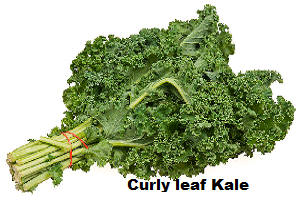Kale and Collard Greens can be difficult to distinguish from one another, as they belong to the same cultivar group, Acephala, of the Brassica oleracea species. Both kale and collard greens are nearly genetically identical, which makes it even more challenging to figure out the differences between the two greens.
Kale, also known as borecole and scientifically known as Brassica oleracea Acephala Group, is a type of cabbage available in various colors. It is high in calcium, vitamin K, vitamin C, and beta carotene and is known for its amount of indole-3-carbinol, which boosts DNA repair in cells. Collard greens, also a part of the Acephala Group, are widely grown in countries like India, Brazil, Africa, Portugal, Spain, and the southern United States. Collard greens are known to contain a significant amount of soluble fiber, vitamin C, vitamin K and also certain nutrients with antiviral, antibacterial, and anticancer properties.
Key Takeaways
- Kale has a chewier, thicker texture with a stronger, more bitter flavor than collard greens.
- Collard greens have a medium green color, a smooth texture, and an oval shape, while kale has crinkled leaves with darker grayish-green leaves.
- Kale contains more calories, while collard greens are richer in carbohydrates and protein.
